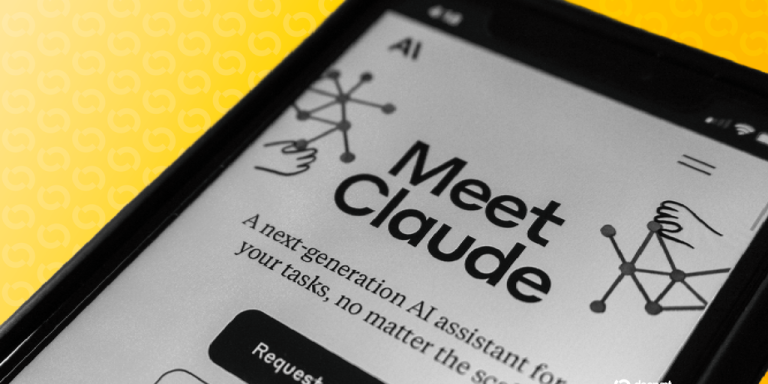
“
Beyond Fitness: How 2026 Wearables Are Redefining Health Monitoring
Beyond Fitness: How 2026 Wearables Are Redefining Health Monitoring. The use of wearables has become increasingly popular over the years, with many people relying on these devices to track their fitness goals and monitor their health. However, the latest wearables are going beyond just fitness tracking, providing a more comprehensive view of our overall health and wellness. For more insights, check out The Future on Your Wrist: Exploring Wearable Tech Innovations of 2026.
The Evolution of Wearables

The first wearables were simple fitness trackers that monitored steps taken, distance traveled, and calories burned. However, as technology advanced, wearables began to incorporate more features, such as heart rate monitoring, GPS tracking, and sleep tracking. Today, wearables are capable of tracking a wide range of health metrics, including blood oxygen levels, blood pressure, and even mental health. For a look at upcoming trends, see Futuristic Features: What to Expect from Wearable Tech Innovations in 2025.
Advanced Health Monitoring Features

The latest wearables are equipped with advanced health monitoring features that go beyond just fitness tracking. Some of these features include:
- ECG monitoring: allowing users to track their heart rhythm and detect potential heart problems
- Blood oxygen level monitoring: tracking oxygen levels in the blood to detect conditions such as sleep apnea
- Blood pressure monitoring: allowing users to track their blood pressure and detect potential hypertension
- Mental health tracking: monitoring stress levels, anxiety, and other mental health metrics
Artificial Intelligence and Machine Learning

Many of the latest wearables incorporate artificial intelligence (AI) and machine learning (ML) algorithms to analyze data and provide users with personalized insights and recommendations. For example, some wearables can detect abnormal heart rhythms and alert users to seek medical attention. Others can track sleep patterns and provide recommendations for improving sleep quality. To understand the impact of AI on this technology, read The Impact of AI on Wearable Technology: Trends to Watch in 2026.
Integration with Healthcare Systems

The latest wearables are also being designed to integrate with healthcare systems, allowing users to share their health data with healthcare professionals. This can help to improve patient outcomes, reduce hospital readmissions, and enhance overall healthcare quality.
Conclusion

In conclusion, the latest wearables are revolutionizing health monitoring, going beyond just fitness tracking to provide a holistic view of our overall health and wellness. With advanced health monitoring features, AI and ML algorithms, and integration with healthcare systems, wearables are set to play an increasingly important role in the future of healthcare.




